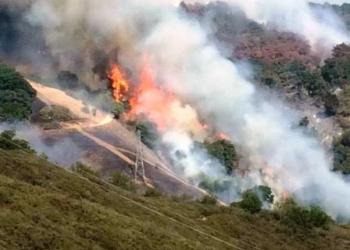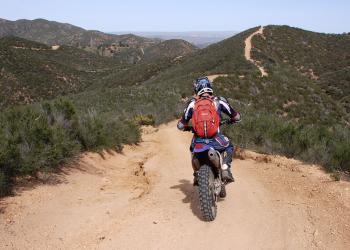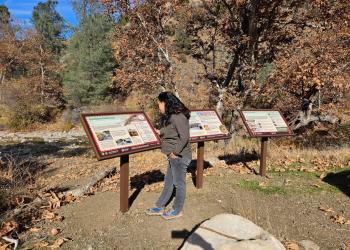Welcome to the Los Padres National Forest
Los Padres National Forest encompasses nearly two million acres of central California's scenic Coast and Transverse Ranges. The forest stretches across almost 220 miles from north to south and consists of two separate land divisions. The northern division is within Monterey County and northern San Luis Obispo County and includes the beautiful Big Sur Coast and scenic interior areas. The "main division" of the forest includes lands within San Luis Obispo, Santa Barbara, Ventura and Kern Counties.
Wildfire Risk Reduction Project (Ecological Restoration)

The project is designed to restore fire-adapted ecosystems, reduce fuels, and reintroduce fire on the landscape by prescribed burning.
Coastal Zone Visitor Use Management Plan

The Coastal Zone Visitor Use Management strategy for the Big Sur coast has been completed following extensive collaboration with partners, user groups, residents, and local agencies over the past three years. This comprehensive strategy sets forth the guiding principles for developing a sustainable implementation plan to address the growing number of visitors to the Big Sur coast.







